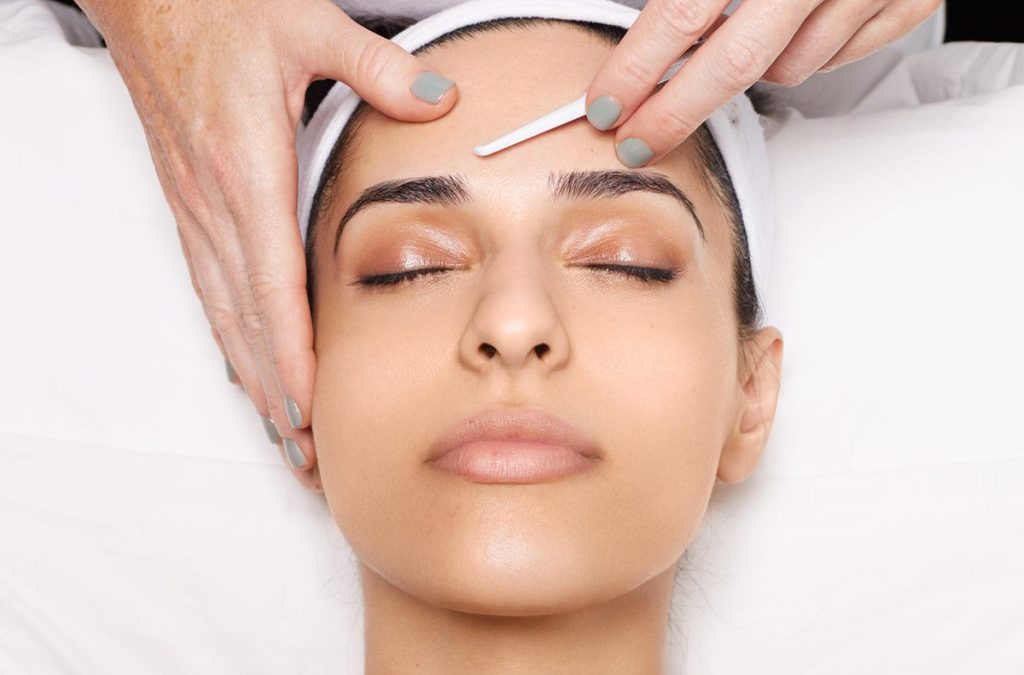Dermaplaning is a cosmetic procedure that involves the use of a sterile surgical scalpel to gently exfoliate the top layer of skin, removing dead skin cells and fine vellus hair, often referred to as “peach fuzz.”
Is dermaplaning painful?
Dermaplaning is generally not painful. Most individuals describe it as a comfortable and non-invasive procedure. However, individual pain tolerance may vary.
Who is a good candidate for dermaplaning?
Dermaplaning is suitable for most skin types, including those with sensitive skin. It is often recommended for individuals with dull skin, fine lines, and uneven texture. People with active acne or certain skin conditions may need to avoid dermaplaning.
How is dermaplaning different from shaving?
While both involve removing hair from the face, dermaplaning is a controlled exfoliation process performed by a skincare professional using a surgical scalpel. Shaving is a simpler form of hair removal and does not provide the same level of exfoliation.
Is dermaplaning safe?
When performed by a trained and qualified professional, dermaplaning is considered safe. The use of a sterile scalpel and proper technique minimizes the risk of complications.
Benefits of Dermaplaning:
- Smoothing of Skin Texture:
- Dermaplaning promotes a smoother skin texture by removing the outer layer of dead skin cells and surface irregularities.
- Removal of Vellus Hair:
- The procedure effectively removes fine vellus hair, commonly known as peach fuzz, which can contribute to a smoother appearance and enhance the application of makeup.
- Exfoliation:
- Dermaplaning provides a deeper exfoliation compared to some other methods, helping to improve skin tone and radiance.
- Product Absorption:
- With the removal of the outer layer of dead skin cells, skincare products can penetrate more effectively, potentially enhancing their efficacy.
- No Downtime:
- Dermaplaning is a non-invasive procedure with minimal downtime. Some individuals may experience mild redness immediately after the treatment, but it usually subsides quickly.
It’s important to note that while dermaplaning offers various benefits, individual experiences may vary. Consulting with a qualified skincare professional can help determine if dermaplaning is suitable for specific skin concerns and goals.
Considerations:
Professional Expertise:
Dermaplaning should be performed by a trained and qualified skincare professional or dermatologist to ensure safety and optimal results.
Frequency:
The frequency of dermaplaning sessions depends on individual skincare goals. Many people opt for monthly sessions to maintain the benefits.
Sun Protection:
It’s important to use sunscreen after dermaplaning to protect the newly exposed skin from sun damage.
Not Suitable for Everyone:
Individuals with active acne, certain skin conditions, or those prone to keloid scarring may not be suitable candidates for dermaplaning.
Dermaplaning is generally well-tolerated and provides immediate results. However, individuals considering this procedure should consult with a skincare professional to determine if it is appropriate for their skin type and address any specific concerns they may have.
How long does a dermaplaning session take?
Dermaplaning sessions typically last around 30 to 45 minutes, making it a quick and convenient procedure.
Is there any downtime after dermaplaning?
Downtime is minimal. Some individuals may experience mild redness immediately after the procedure, but it usually subsides within a few hours.
How often should I get dermaplaning done?
The frequency of dermaplaning sessions depends on individual skincare goals. Many people opt for monthly sessions to maintain smooth and exfoliated skin.
Can dermaplaning be combined with other treatments?
Dermaplaning is often compatible with other skincare treatments, such as chemical peels or facials. However, combining treatments should be discussed with a skincare professional to ensure compatibility and safety.
Does dermaplaning cause hair to grow back thicker?
No, dermaplaning does not change the texture or color of hair. The vellus hair that is removed during the procedure will grow back at the same thickness and color.
Can I dermaplane at home?
Professional dermaplaning is recommended for safety and efficacy. At-home dermaplaning tools may not provide the same level of precision and sterility as those used by skincare professionals.
Always consult with a qualified skincare professional to determine if dermaplaning is suitable for your skin and to address any specific concerns you may have.
SCHEDULE YOUR APPOINTMENT:
If you are located in Cairns, Australia, and you are ready to achieve a radiant, glowing skin, contact us today to book your appointment. Call us or use our online form to get in touch with NUYU Skin and Body today.


